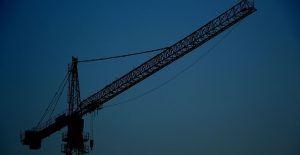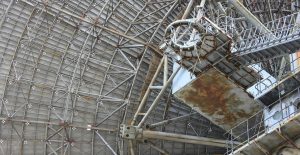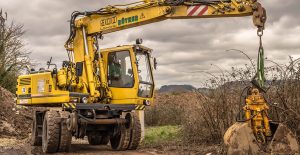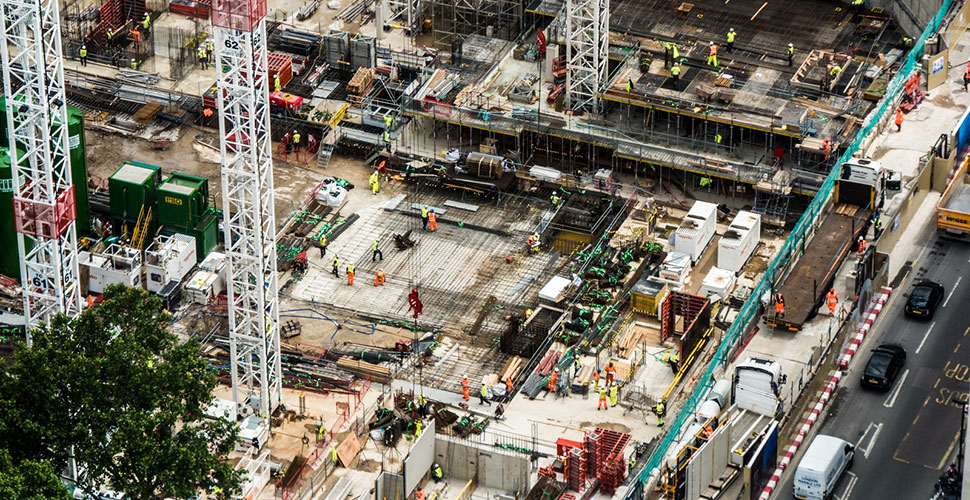





















Prior research has investigated the sources of waste in order to gain better understanding of waste in production systems and to promote the use of lean methods [1]. The study considered two types of waste, operational waste and organizational waste. In comparison with the manufacturing industry, the three peculiarities of construction, specific customer, site production, and temporary organization are acknowledged[2]. This article will give you a summary on the different sources of waste between construction and manufacturing.
A product of the construction industry, such as a building or a house, is produced on a construction worksite. Once materials are delivered to the site, they don’t leave the site and only wait to be consumed. After completing the project, a contractor needs to hand over the finished product to the client in the same location as where the construction worksite is. Therefore, it is necessary not only to ensure the product’s quality, but also at the same time to develop the living environment for users of the product during the construction process. These conditions lead to differences in supply chain management and managerial control, compared with operations within the factory environment, which provides finished products to the market that is accessed by end users.


The size of the managed resources, including materials and machines/equipment/facilities, on a construction site is usually much larger than in the case of the manufacturing industry. Depending on the nature of tasks, construction professionals may track the progress of a project by calculating the amount of materials/components constructed or installed. However, similar control is carried out using the number of finished products in the case of a factory. The same production lead time approach as in the manufacturing industry can be used in the construction industry by dividing larger tasks (i.e. building or floor) into smaller work chunks or even into smaller areas (location-based planning and control). Such a difference in the physical and temporal scales of management resources brings the result that in construction, a reliable picture of the whole of production, and progress against plan, cannot be confirmed at a glance.
In addition, there is the general principle that the more there is repetition, the easier it is to reduce variability. In factories, many repeated operations are included in the mass production system, catering to mass consumption. In the construction industry, this principle is confirmed in operations when constructing a building which consists of multiple rooms with exactly the same structure. Table 1 summarizes the mentioned differences in the attributes of a production system between the two industries.